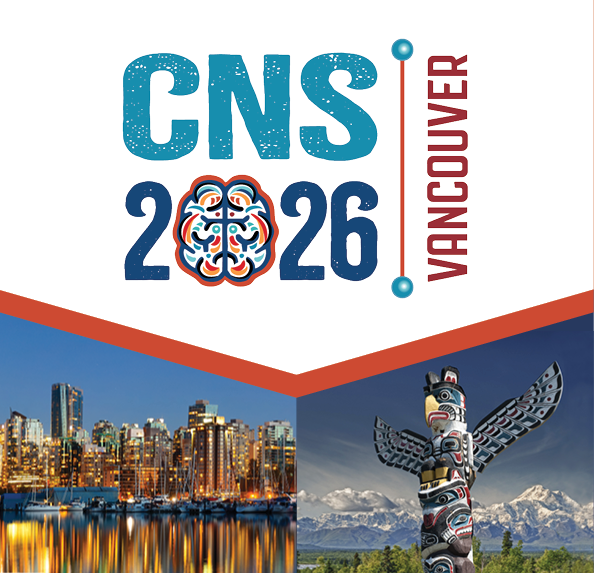Schedule of Events | Search Abstracts | Invited Symposia | Symposia | Poster Sessions | Data Blitz
Hmm, there seems to be a problem. I can't find a poster with ID 828.
CNS Account Login

March 7 – 10, 2026
Schedule of Events | Search Abstracts | Invited Symposia | Symposia | Poster Sessions | Data Blitz
Hmm, there seems to be a problem. I can't find a poster with ID 828.

March 7 – 10, 2026